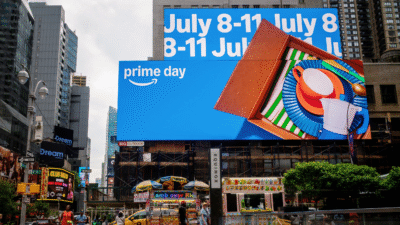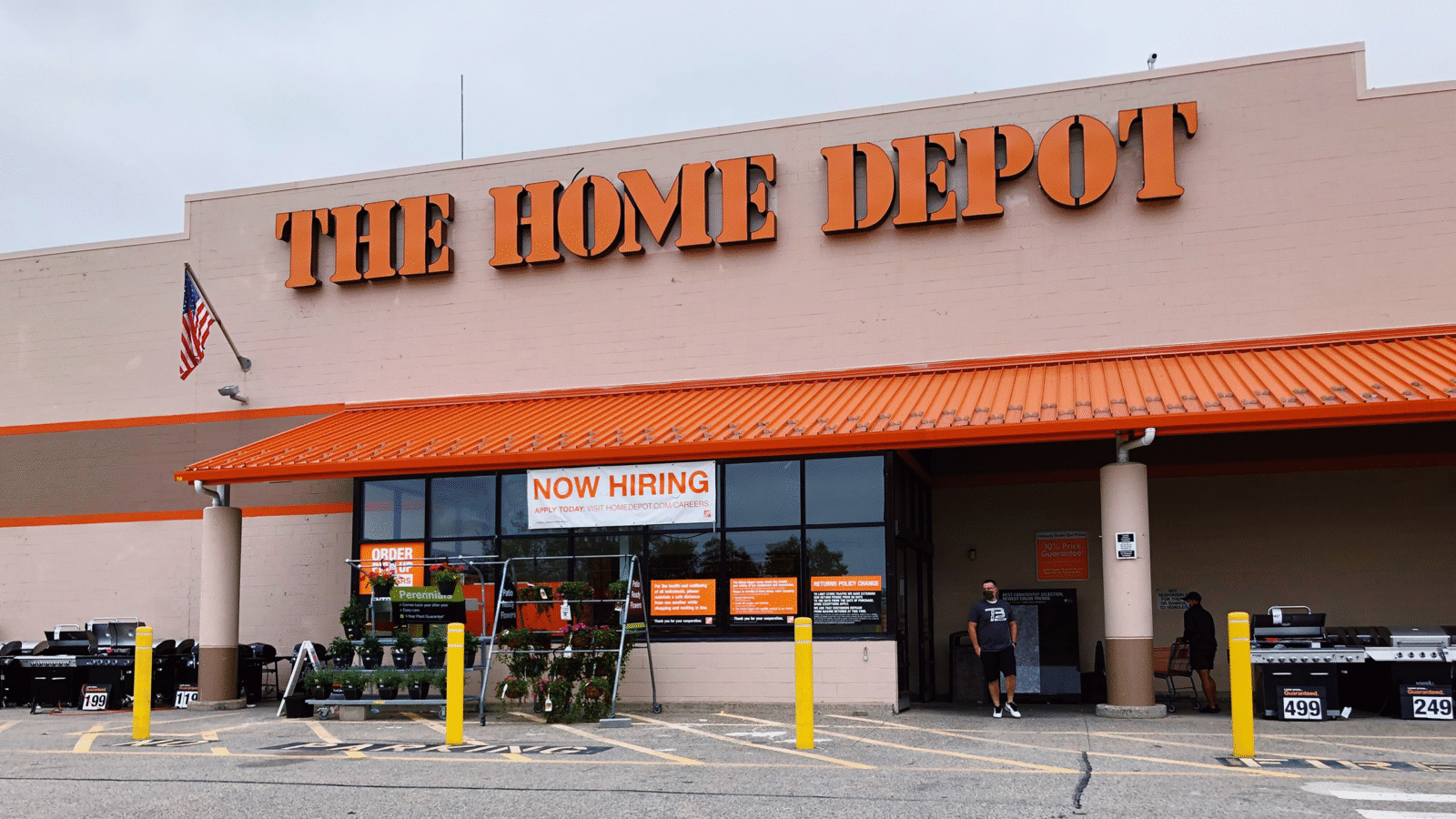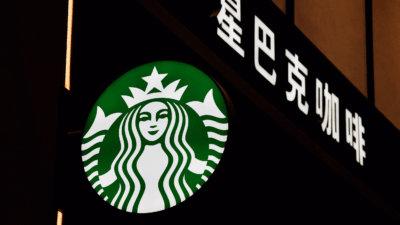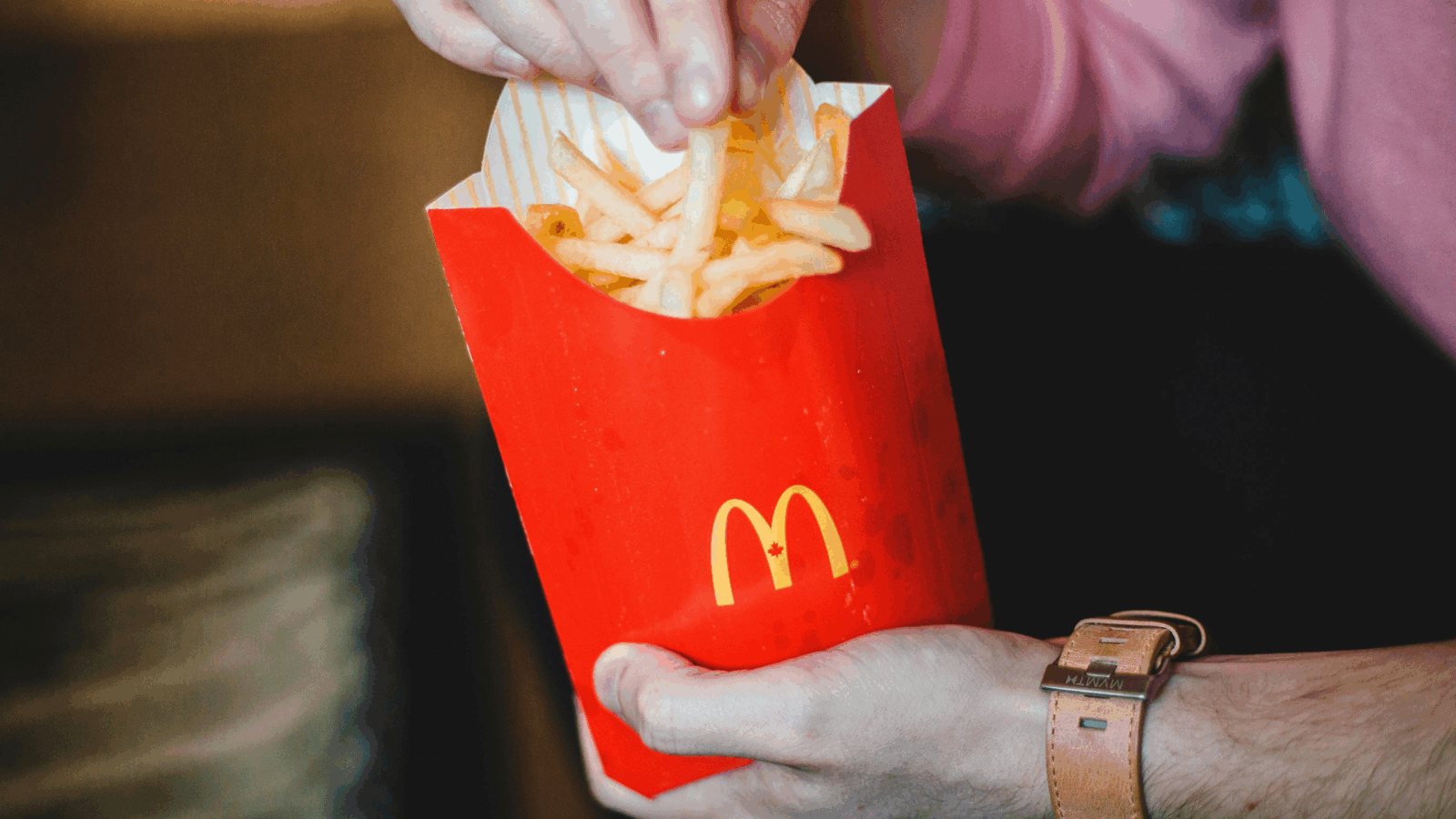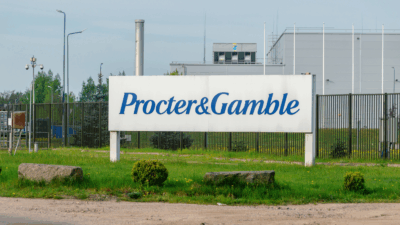
Sign up for smart news, insights, and analysis on the biggest financial stories of the day.
This is not the type of Giant Drop that Six Flags wants to be known for. On Thursday, the amusement park chain posted disappointing returns in its second-quarter earnings call.
But don’t draw too many conclusions on the economics of roller coasters. On Wednesday, Disney’s quarterly results featured park returns that were Space Mountain-level dizzying.
Race to the Splash Mountaintop
In an attempt to improve the guest experience (read: cutback on the hours wasted waiting for the good rides), Six Flags CEO Selim Bassoul said his parks have intentionally pursued a strategy over the past year of reducing overall park attendance. The problem? It worked too well, with attendance plummeting 35% below 2019 levels so far this year, compared with the targeted 10% to 15% reduction goal.
The House of Mouse, meanwhile, has figured out a way to have its funnel cake and eat it too. Disney’s parks saw overall attendance increase in the latest quarter even as it upgraded the guest experience with Genie+, the premium ticket add-on that allows users to skip lines and reserve time slots for certain attractions. The difference in strategy has sent both companies’ businesses in opposite directions like competing bumper cars:
- Disney’s parks, experiences, and products divisions, which also includes its cruise lines, saw revenue leap an eye-popping 72% year-over-year to $7.4 billion. Roughly 50% of guests now pay the extra $15 for Genie+, Disney CEO Bob Chapek said.
- It’s a small world, in comparison, for Six Flags, which saw quarterly revenue fall 5% year-over-year to just $435 million. On the plus side, guest spending increased 23% to nearly $64 — because even churros can’t escape inflation.
Making a Splash: Also posting quarterly results this week: SeaWorld and Cedar Fair, the parent company of the massive Cedar Park in Sandusky, Ohio as well as 11 other locations. Both companies posted all-time record revenues, with attendance falling just 3% and 8% below 2019 levels, respectively. Both parks, it seems, have made the full loop-the-loop from pandemic-era lows.


